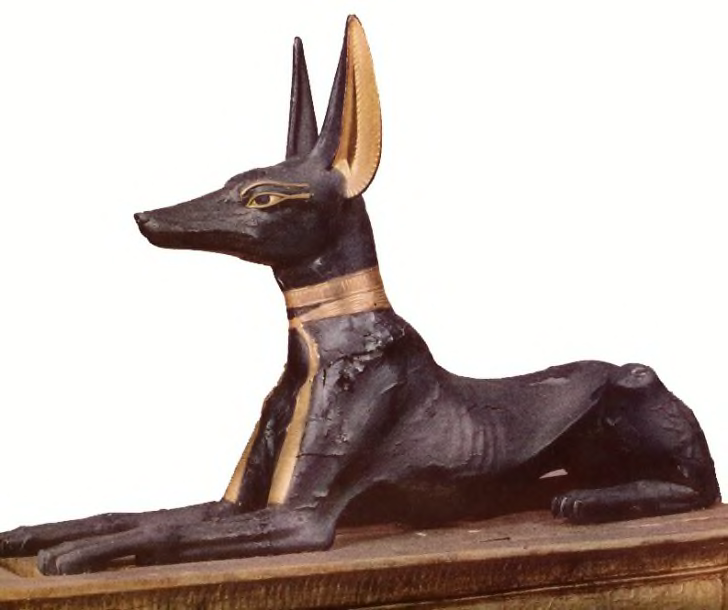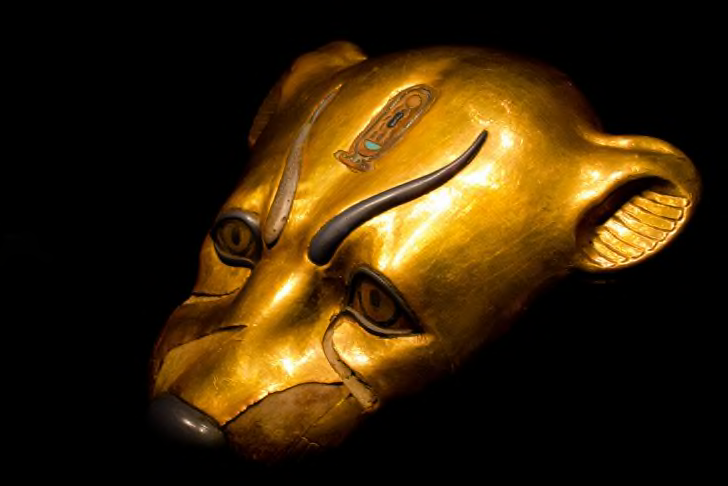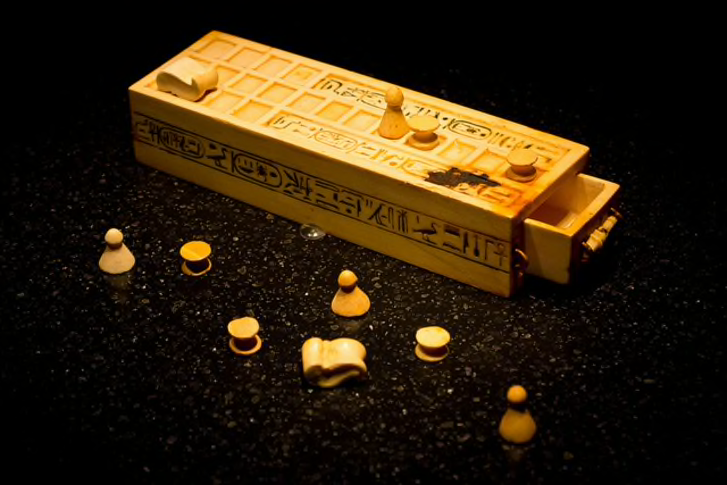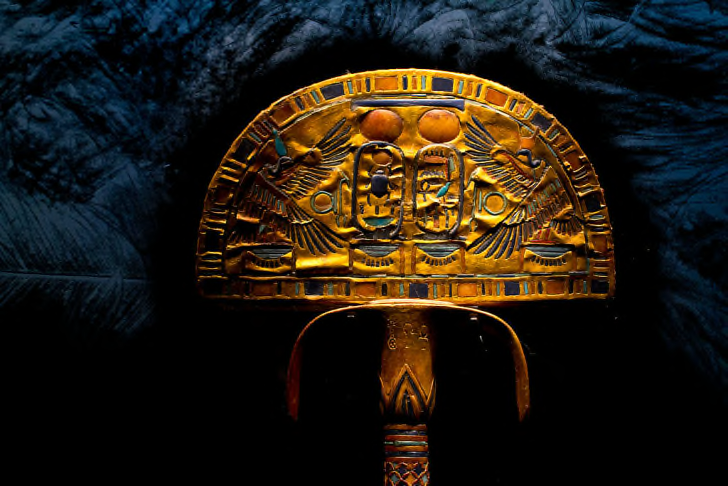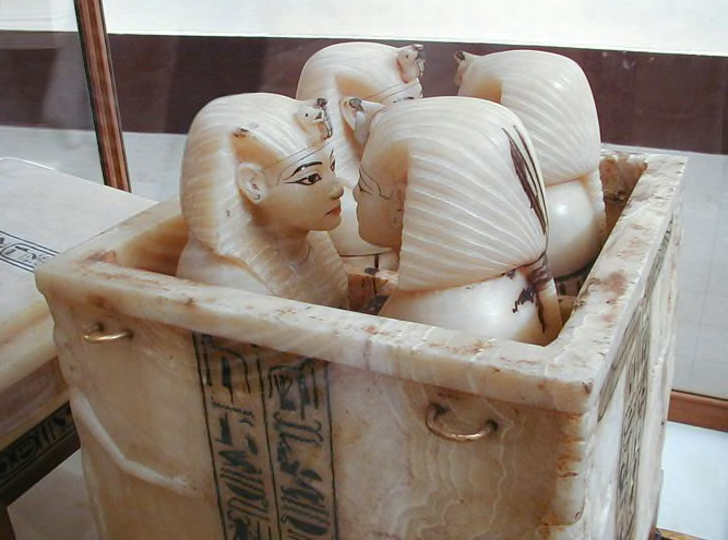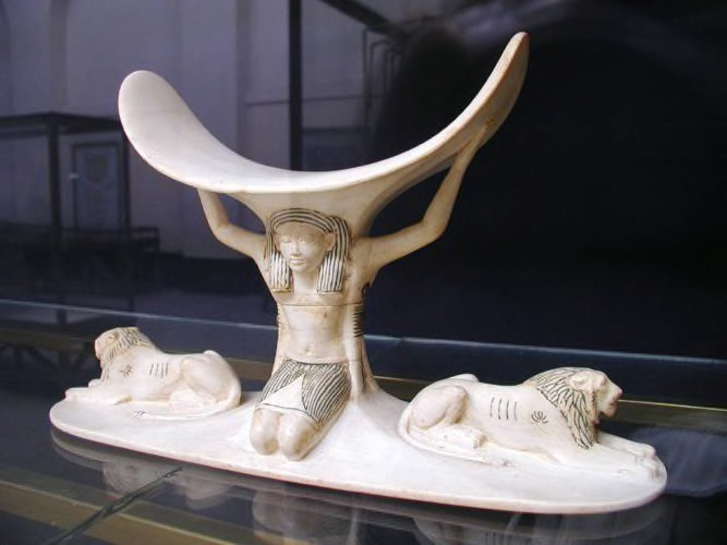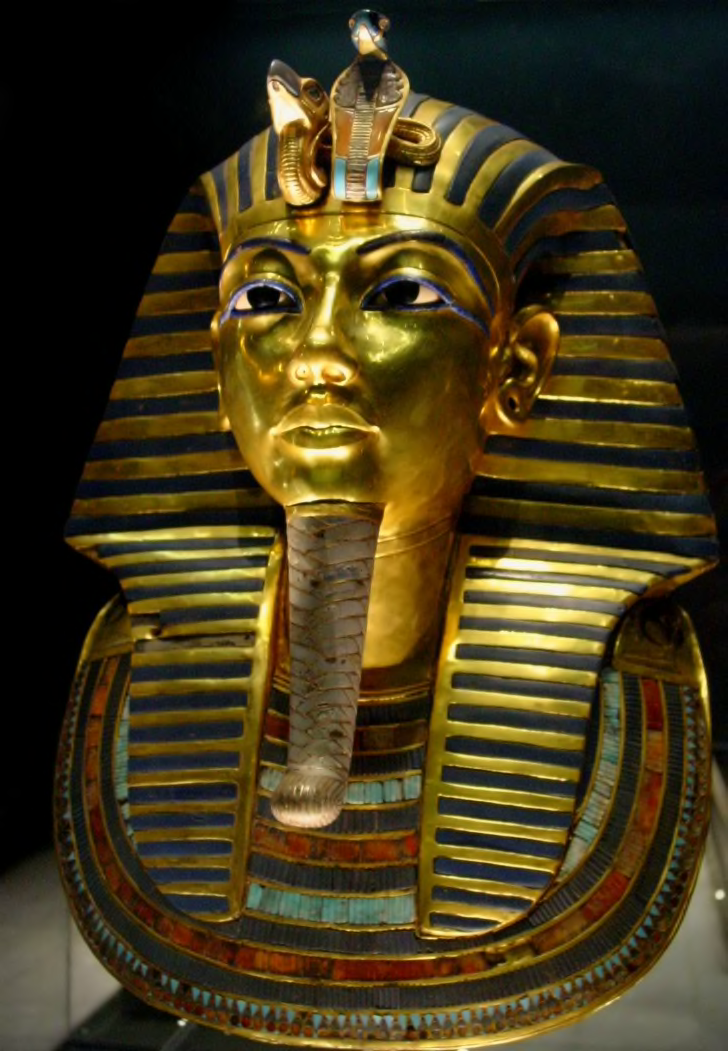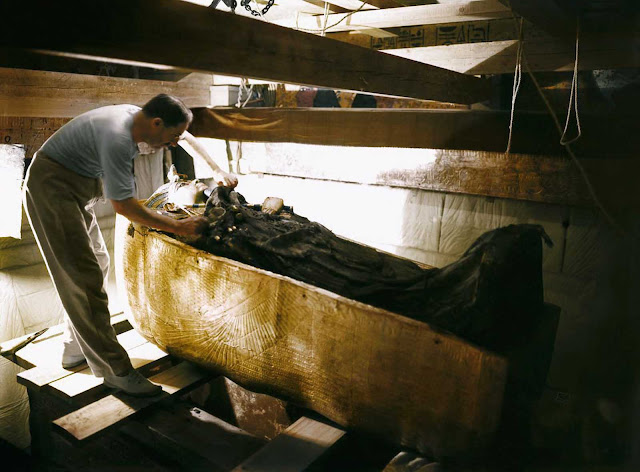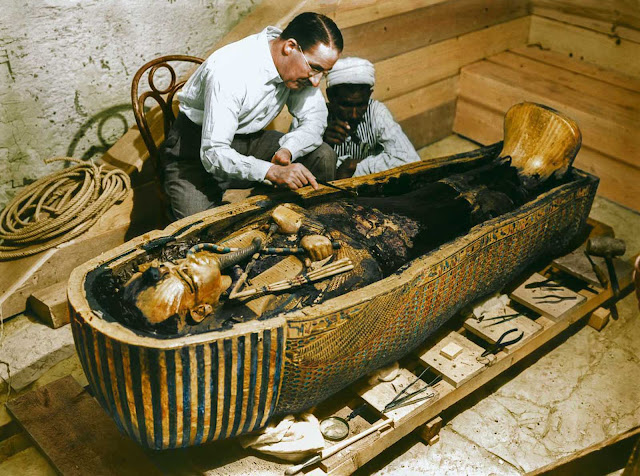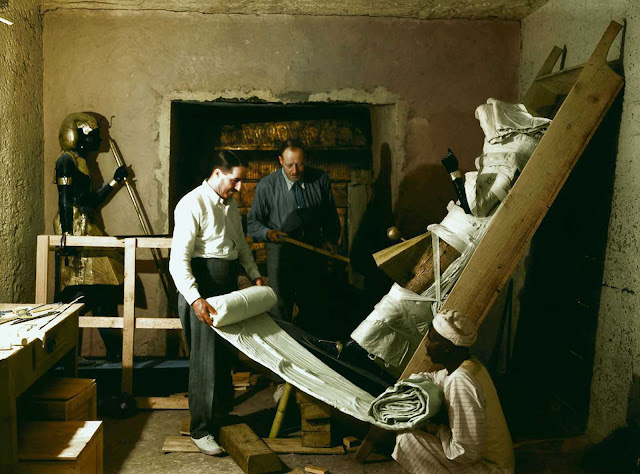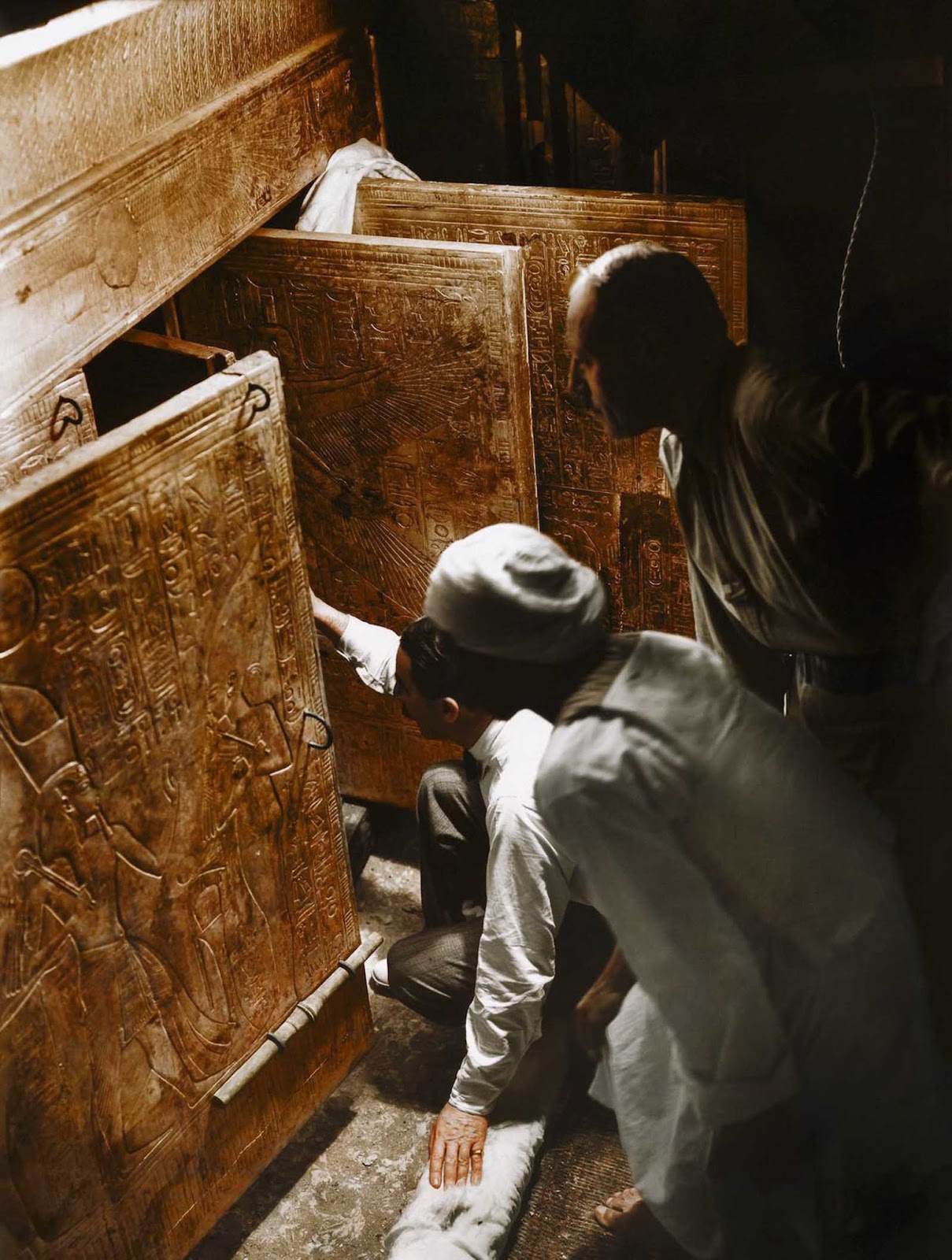Another miracle of the ancient Egyptians
Ben Ben's pyramid ..
The Black Magnetic Pyramid.
This pyramid, which has puzzled scientists for thousands of years and was unable to solve the puzzle until after
They climb into space.
The pyramid is made of black stone, but it is not an ordinary stone
Because all its components do not exist on the face of the earth ..
Iron black stone is only found in space in meteoritesHere, another puzzle appears
Because it is a very hard iron stone, difficult to shape and drill, but it is not difficult to break
How was it cut with such precision in the angles and deviations ??
And how were its faces refined with that unique refinement ?? ..
And here the third puzzle comes to mind
How these very subtle inscriptions were engraved on the sides of the pyramid
The scholars found that it was impossible for any tool, past or present, to carve these inscriptions
Unless you use a laser cutting tool.
And now we get to the last puzzle
It is that meteorite iron black stone
We have received more than 7000 years to know the material of making black space stone. How long will we need to solve the remaining of these puzzles?
There is another opinion of some scholars who said that the ancient Egyptians
They know where meteorites and meteorites occur from the sky and use meteorites and meteorites from the sky
And use these stones after cold and extinction in these statues.
Editing the Egyptian Museum











